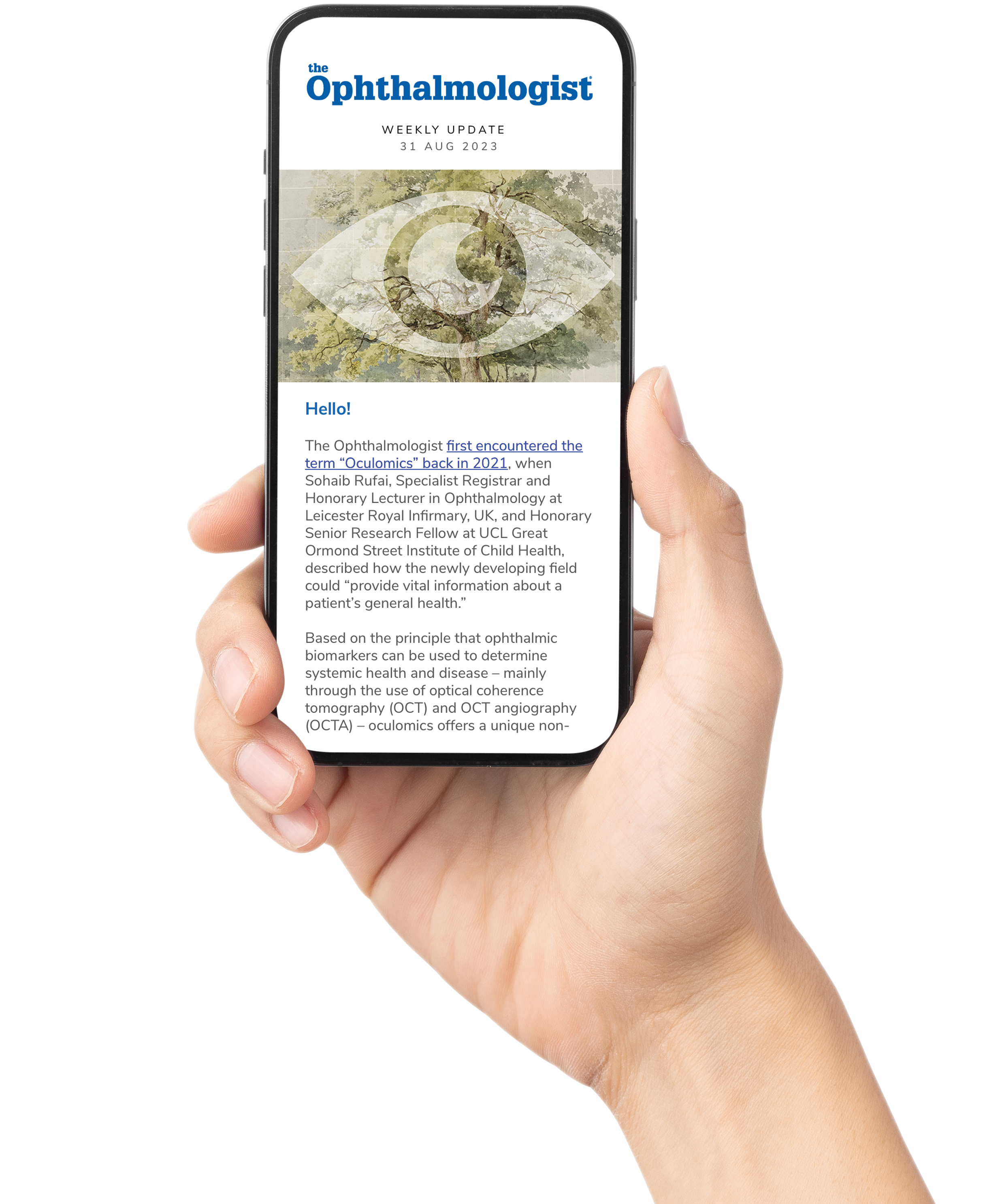
A recent Investigative Ophthalmology & Visual Science (IOVS) study has created a metabolic atlas of eyelid infiltrative basal cell carcinoma (iBCC), the most common malignant tumor affecting the ocular adnexa. Using single-cell transcriptomics and spatial metabolomics, researchers at Sun Yat-Sen University, Guangdong, China analyzed metabolic reprogramming in different tumor regions, revealing critical insights into the tumor microenvironment.
The researchers identified eight distinct cell types within the iBCC microenvironment, with a focus on cancer-associated fibroblasts (CAFs). These fibroblasts showed significant differences in metabolic activity, particularly in glycolysis, glutamine metabolism, and lipid metabolism, factors that are crucial for tumor growth and progression.
The analysis revealed high levels of taurine, deoxy-GMP, O-phosphoethanolamine, and pyrithione in tumor regions, suggesting these metabolites can play a role in tumor aggressiveness. Invasive areas had increased fatty acid metabolism, particularly oleic acid and arachidonic acid, which are associated with tumor cell survival and chronic inflammation.
The study identified UDP-glucuronic acid (UDPGA) and UDP-glucose 6-dehydrogenase (UGDH) as key metabolic factors in tumor progression, with the researchers suggesting that targeting UXS1, a gene involved in sugar metabolism, could act as a potential therapeutic approach for iBCC.
By mapping metabolic differences between tumor, normal, and invasive regions, the research provides new insights for diagnosing and treating iBCC, potentially leading to better-targeted therapies and improved immunotherapy strategies for this common tumor.
